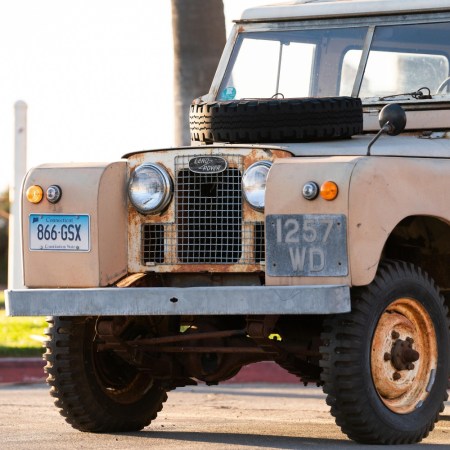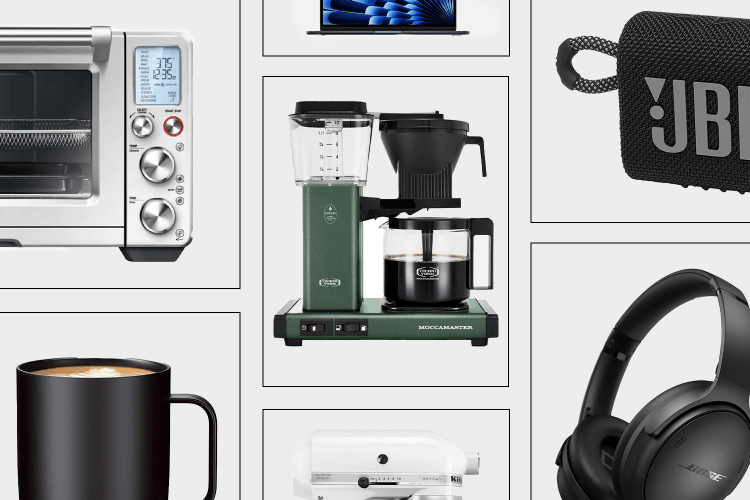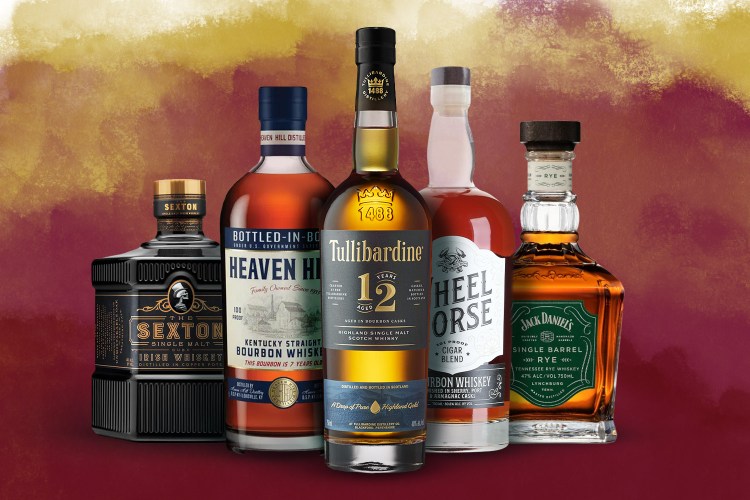At first glance, the tag line for the 2018 Chevy Tahoe reads like the same kind of bland, aspirational jargon one could assign to any new car on the road:
“Confident. Capable. Connected.”
But after successfully piloting one out of New York City and into Boston during a vaunted Friday evening commute — when every New Yorker with a car, bike or Conestoga wagon makes a mad dash for greener pastures — I can assure you that the first two words are in fact very carefully chosen (the third is “connected,” which is essentially boilerplate for any car made after 2013). As in: they address the exact shortcomings that most drivers expect of large SUVs.
When you think of large SUVs (of which the Tahoe and also the nearly inseparable GMC Yukon both qualify), you probably don’t think, “Oh, nice, there’s my new city driver.” They are, by design, unwieldy. Which poses more than a few problems in urban areas: tight parking situations, narrow roads and, most importantly to this test driver, the clear and present danger of rubbing elbows with another car. In other words: I have never driven them confidently, and perceive them to be somewhat incapable, at least where city driving conditions are concerned.
But my friends, things have changed.
If you have not been behind the wheel of a large SUV in the last five years, it is a mercifully relieving experience. Technology has given rise to tons of nifty safety features that are designed to keep you in your lane and free from collision, and they are effective (if a bit jarring when they first introduce themselves).
The first is, of course, now a federally required one: as of May, every car sold in the U.S. must be equipped with a backup camera. This is especially important in the 204-inch-long Tahoe, where steering column and tailgate are divided by a gulf the size of your average kiddie pool.
But let’s take a look at a few of the more unique ones, and what they mean for reticent large-car drivers everywhere.
Lane Change Alert
Blind spots are a very real thing. Blind spots in cars the size of sailboats are an even realer thing. This feature safeguards you from them by constantly scanning your blind spots for approaching traffic, and then alerting you via a warning light on your side rearviews if it’s unsafe to change lanes.
Low Speed Automatic Breaking
If you’re driving below 50 MPH and sneaking up on traffic or an obstacle in your path that is moving significantly slower than you are, the car will make you aware of that fact by braking itself. We advise against testing the efficacy of this function, but take solace in knowing it’s there.
The Head-Up Display
This one is so subtle you won’t even notice it at first. An available option on all Tahoe models, it’s essentially a tiny projector that broadcasts vital driver information (speed, cardinal direction, shorthand navigation cues) directly onto the windshield in the driver’s line of sight. Once you get the hang of it, you’ll be able to navigate without ever looking away from the road.
Directional Seat Vibrations
At once the most annoying and effective safety function the Tahoe offers. Similar to the technology that scans your blind spot, the car monitors cross, rear and forward traffic and alerts you when it feels that you’re veering too close to another vehicle. How does it alert you? With directional vibrations under your bum. If there’s a car on your left, your left leg vibrates. Car on the right, right leg. Car behind, tailbone. Note: this can and will make you jump out of your seat the first time it happens. But after that, you’ll be glad it’s there, and you can even tweak the settings if you feel the alerts are excessively sensitive.
In aggregate, these features combine to make piloting a big-ass car around the city a safer and less nervy experience than anything this driver has experienced before. It renders the car, in a word, more capable of navigating tight corners and urban driving situations. And a more capable car equals a more confident driver.
Hooray tag lines.
This article was featured in the InsideHook newsletter. Sign up now.























